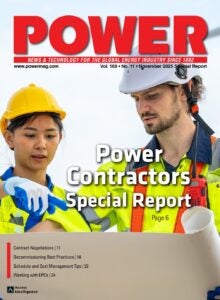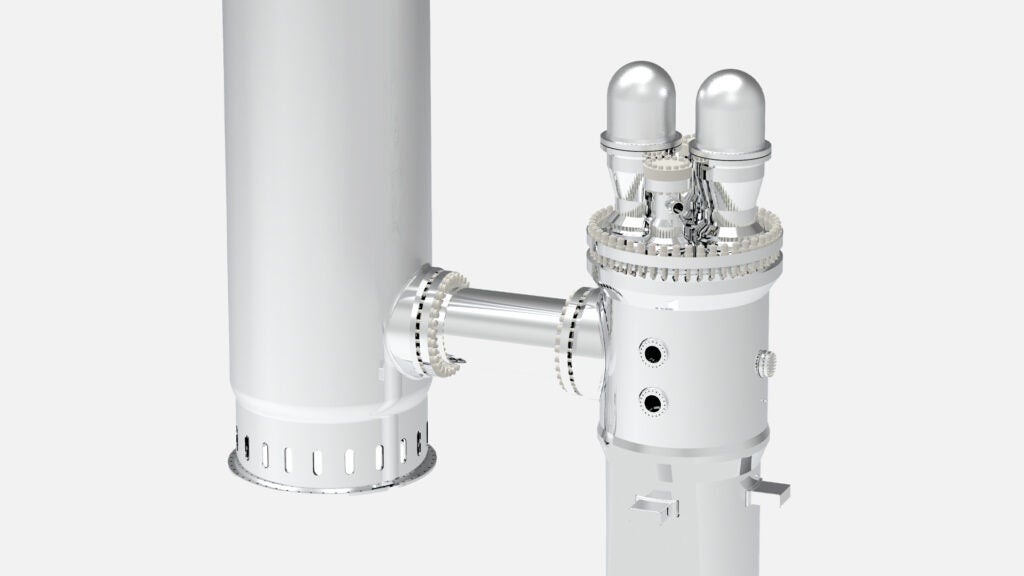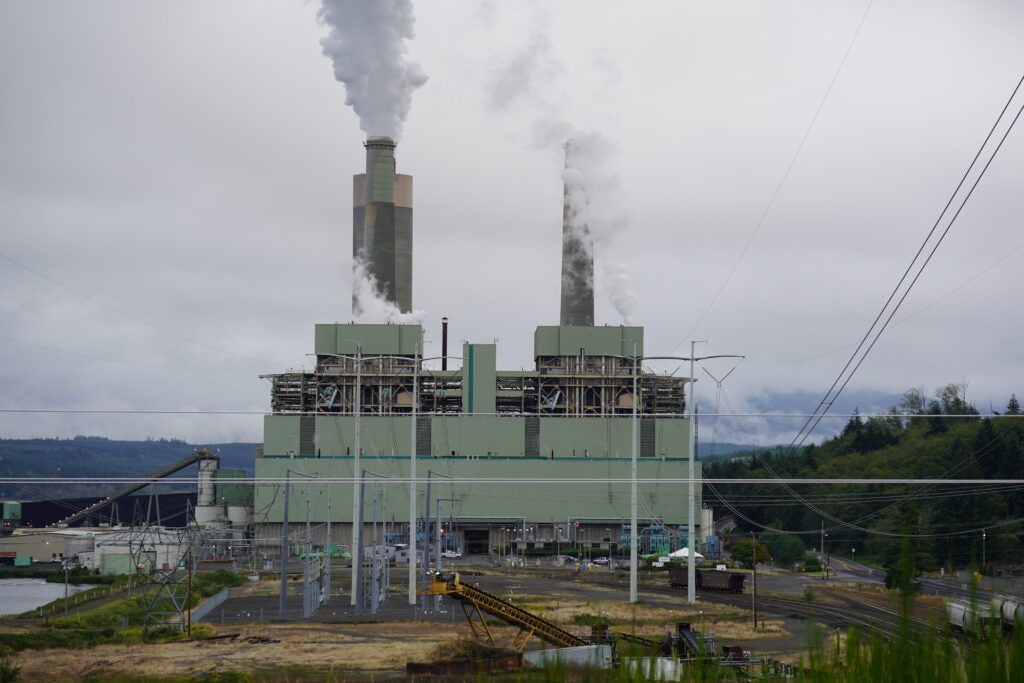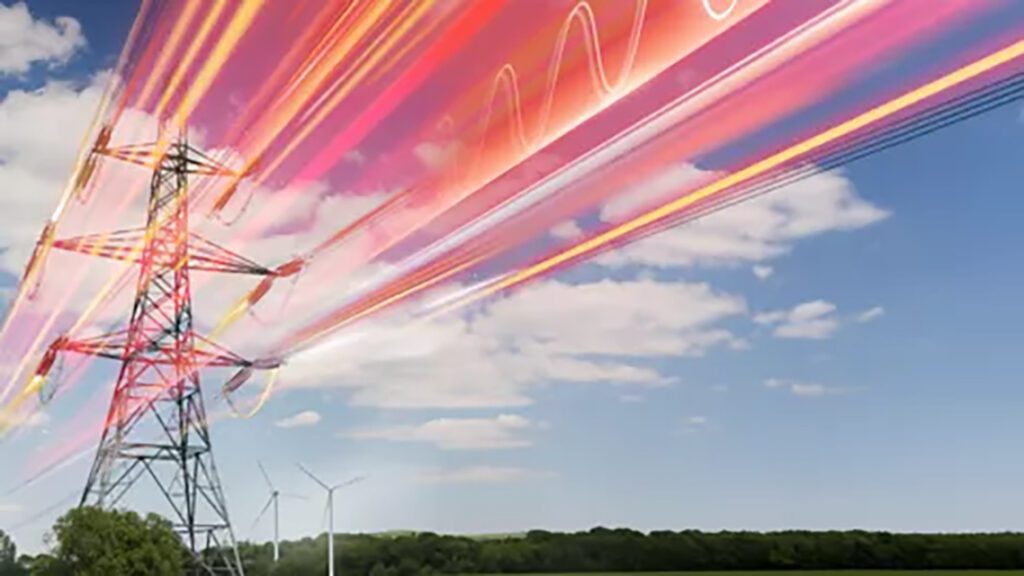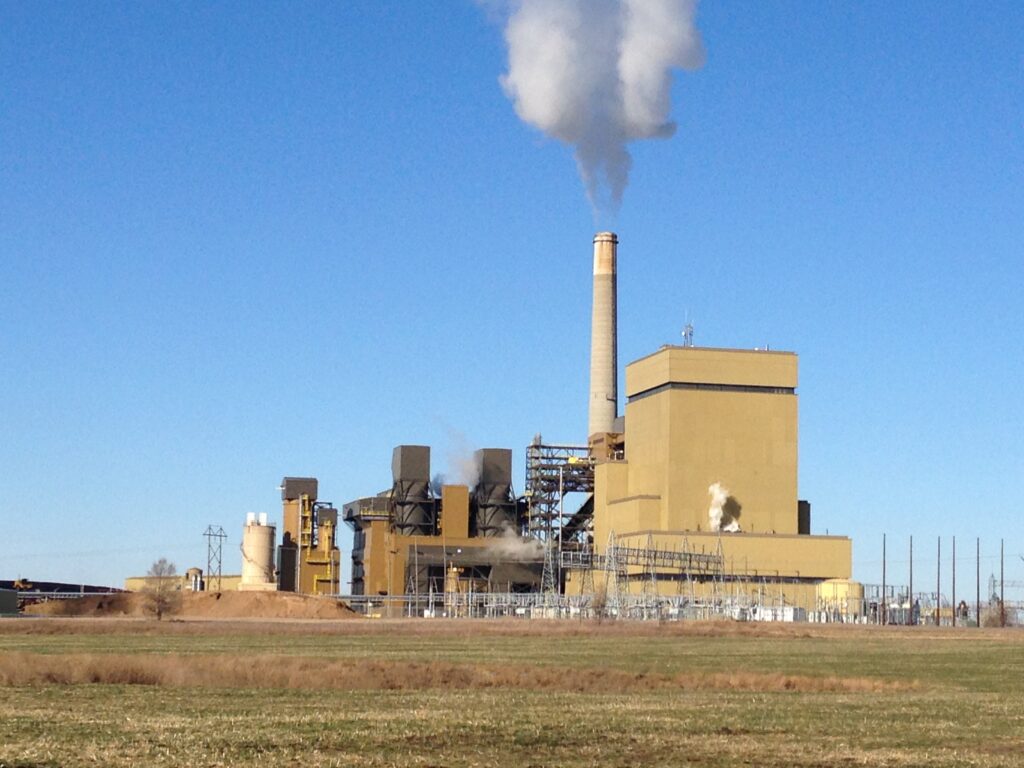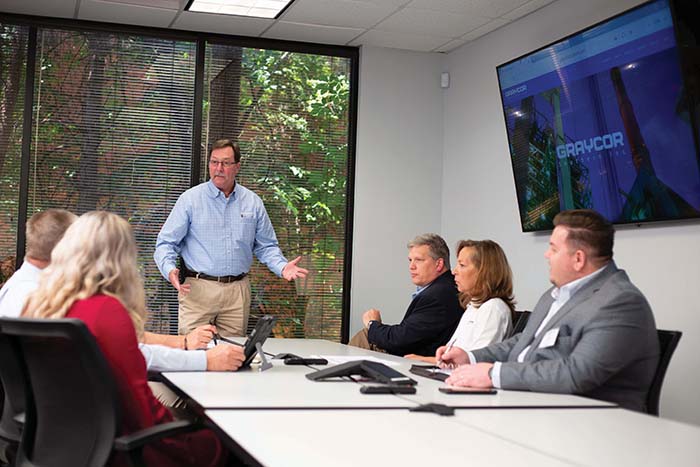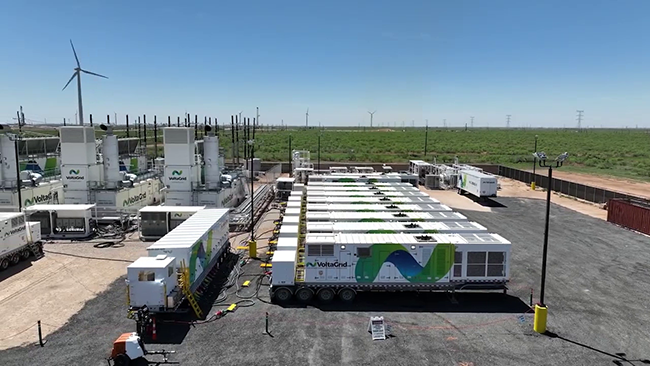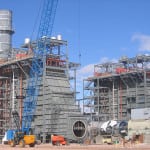
It’s never been more important than it is today for power construction projects to progress smoothly. With the demand for power growing quickly due to the explosion in data center development, and the trend toward electrification of transportation and industry, power companies cannot afford delays and cost overruns when constructing power plants.
Yet, building a power facility is a complex undertaking, and history has shown that overschedule and overbudget projects are more common than the industry would like. The situation grows even more precarious when first-of-a-kind projects are on the table. Often, these new concepts introduce technical uncertainties, unproven construction methods, and unforeseen integration challenges that amplify both schedule and budget risks. Throw in supply chain constraints and you have a recipe for disaster. Thus, developing and implementing better project management techniques, advanced planning methodologies, and innovative construction approaches is essential to success.
A Multigenerational Approach Enhanced with AI
In a research report titled Powered for Change 2025 issued by Accenture in August, the authors recommend a “multigenerational approach” to project development. “It’s a shift from bespoke projects to repeatable systems; from singular firsts to continuous improvements; from cost escalation to compounded advantage,” wrote Stephanie Jamison, lead author of the report, and global Resources practice chair and Sustainability Services lead with Accenture. “Rather than treating each infrastructure project as an isolated effort, a multigenerational approach connects them—technically, financially, and strategically—so that each project builds on the last,” she added.
“I don’t think the multigenerational approach as a concept is particularly new,” Rob Hopkin, a contributing author of the report, and Accenture’s Global Net Zero Infrastructure lead, told POWER in an exclusive interview. “When original fleets of nuclear and coal power plants were built back in the day, they were built as fleets, where you did it in a repeatable way. And we’ve seen the same things with solar and offshore wind, where the prices come down enormously because of more modularization, factory production, all that good stuff. But we think there’s another level of gain from being very purposeful in that approach.”
Meanwhile, as artificial intelligence (AI) data centers drive growth for the power industry, AI technology offers potentially great benefits for the industry. “AI is offering fundamentally different ways of working in the context of capital and project delivery, and firms are relatively nascent in exploring that potential,” Hopkin said. “We’ve done work with a variety of clients, deploying point AI solutions—schedule optimization, writing of investment cases, reviewing of risk—but what we think is going to start being applied now is this end-to-end agentic approach, where you truly have human-machine orchestration of the full lifecycle of a capital project.”
Accenture expects firms can achieve massive gains from that, because AI doesn’t suffer from cognitive biases. “It doesn’t have optimism bias. It doesn’t fall for the sunk cost fallacy,” Hopkin explained. “It can have access to all the information across domains, so you can have better coordination.”
That means engineering, schedules, risk, cost, and many other dynamics that are part of a capital project can all be monitored and managed by AI. Furthermore, it can all be done across multiple generations. “It can see all the historical information relating to delivery from the last time you built something similar. What drove the cost? What drove the schedule? What were the challenges at the point of handover and commissioning?” Hopkin asked. “AI can ensure that those learnings are then embedded in full the next time you plan a similar project, which no human team can ever do alone.”
Jim Mazurek, North American Utilities Strategy lead with Accenture, agreed that agentic AI could be a game changer. “Agentic AI could be applied to complex end-to-end processes,” he said. “Agentic AI could maximize the roles—and the efficiency and effectiveness—we play as experts in the field. Meanwhile, the agents could pick up a lot of the more routinized tasks and activities along the way. There’s a lot of air to squeeze out of that balloon.”
Four Essential Levers
The report says four levers are critical for the success of the multigenerational approach. The levers target persistent challenges, such as cost volatility, supply chain fragility, and execution gaps. The levers are: scale efficient, resilient supply chains; foster community support and customer demand; reinvent talent, skilling, and workflows; and establish a strong digital core to power AI learnings.
Hopkin said all of the levers “need to be pulled,” but to do so, other organizational changes may be necessary. “I think the crux of it is the willingness of organizations to think in a different way,” he explained. “They must build investment cases and organize themselves in a way that thinks about a program, or a portfolio of projects, in its totality actually.”
Hopkin noted that many organizations emphasize the project as the primary entity—the division of activity, thinking, and spending of money. “Stage-gated processes are for a project. A final investment decision is made for a project. And, therefore, the wiring of the organization is very much in favor of project-based thinking,” Hopkin said. “You need to break through that to develop more of a programmatic portfolio, a multigenerational mindset. And, then, that will help you pull all of those four levers together.”
In the end, the multigenerational approach doesn’t necessarily resemble an assembly line. “It doesn’t have to be a cookie cutter of exactly the same thing every time. It may, in some cases, be that the benefit is simply the repeatability of the methodologies that you’re using, or the repeatability of some of the underlying balance-of-plant systems. or whatever it might be,” Hopkin said.
—Aaron Larson is POWER’s executive editor.


